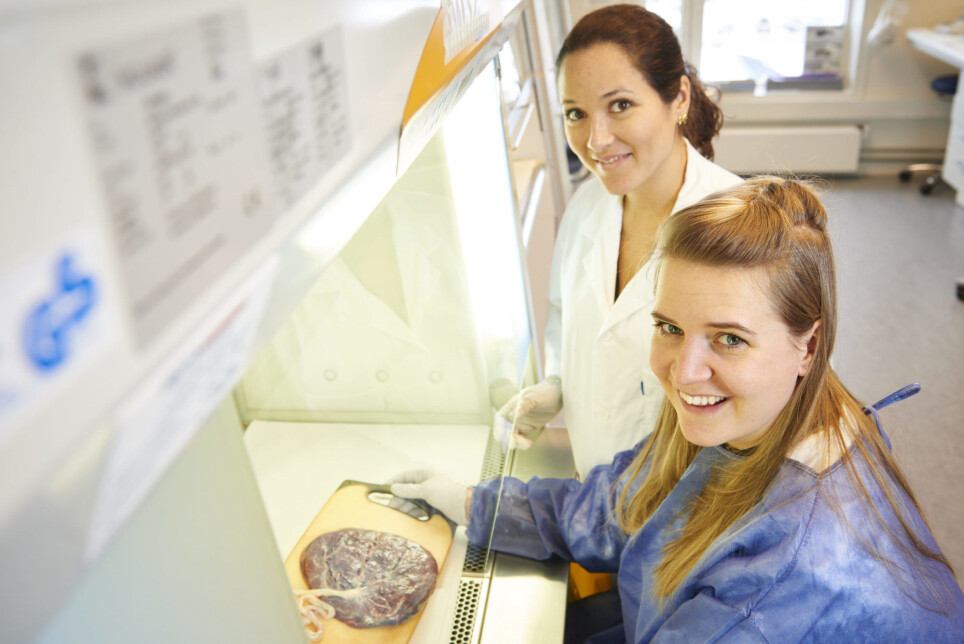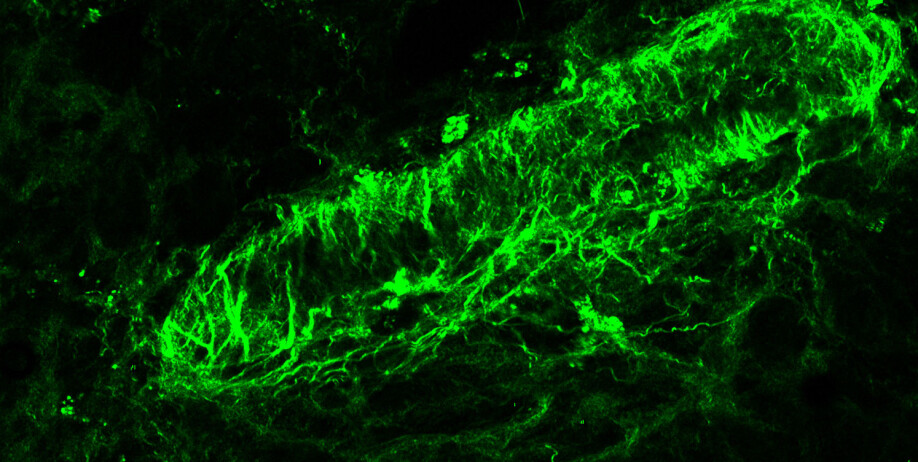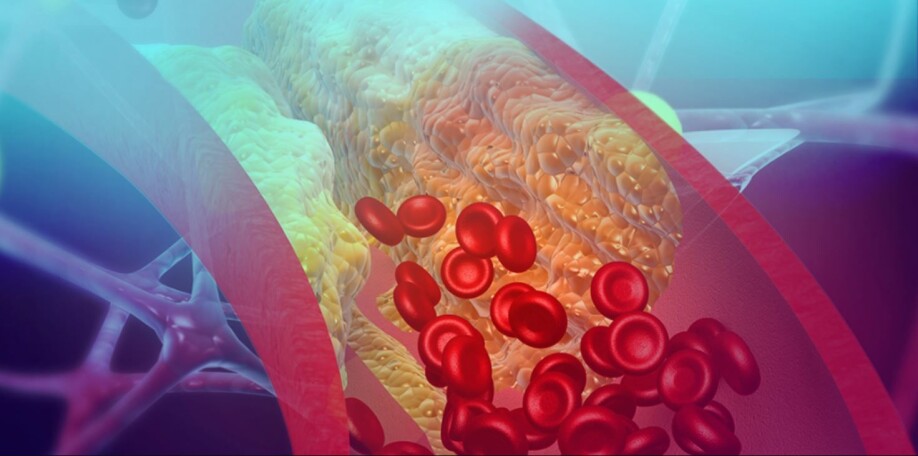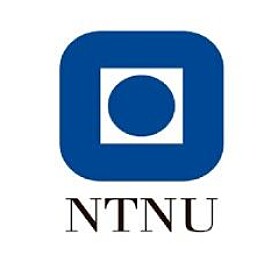This article is produced and financed by NTNU Norwegian University of Science and Technology - read more

Pre-eclampsia:
New discovery sheds light on what causes dangerous illness for pregnant women and their unborn children
Researchers believe that cholesteral crystals may be a primary cause of pre-eclampsia.
Worldwide, pre-eclampsia is a leading cause of illness and death in both mother and foetus. Despite being the subject of increasing interest for a whole century, how pre-eclampsia develops has been unclear – until now.
Researchers believe that they have now found a primary cause of pre-eclampsia.
“We’ve found a missing piece to the puzzle. Cholesterol crystals are the key and we’re the first to bring this to light,” says researcher Gabriela Silva.
Silva works at NTNU’s Centre of Molecular Inflammation Research (CEMIR), a Centre of Excellence, where she is part of a research group for inflammation in pregnancy led by Professor Ann-Charlotte Iversen.
More effective treatment possible
The findings are good news for the pregnant women who get this disease.

In a pre-eclamptic pregnancy, the placenta does not develop properly, and the baby sometimes also receives too little nutrition.
The symptoms of pre-eclampsia are often mild, but in some cases the condition becomes so severe that the baby needs to be delivered prematurely.
Pre-eclampsia does not disappear until the baby is born. Since no one has understood why the condition occurs, the current treatment is to monitor and alleviate the symptoms.
Silva believes that future treatment will now become more effective.
Cholesterol checked in uterine wall and placenta
“A pregnancy is actually a kind of natural inflammatory condition, and in the case of pre-eclampsia, the inflammation has become too strong and leads to disease,” Silva says.
Women who have had pre-eclampsia have an increased risk of developing cardiovascular disease later in life.
It was precisely this connection that led the researchers to choose to examine cholesterol in pregnant women with pr-eeclampsia. Cholesterol is a major cause of cardiovascular disease.
Cholesterol crystals are found in plaque that clogs blood vessels. The crystals are formed when bad cholesterol accumulates in the blood vessel walls. Studies have shown that cholesterol crystals are a particularly powerful initiator of inflammation in the body and can cause the blood to clot.

When the immune response runs wild
Cholesterol crystals are identified as harmful substances in the body that need to be cleared out. But the defence cells that come in to do the job aren’t able to break them down. They call for reinforcements, and more immune cells come in, to no avail. The immune response runs wild, and the inflammatory process escalates.
Silva found that the inflammation was at its highest in the region called the maternal-foetal interface, where the mother’s cells come into direct contact with foetal cells. This happens in the placenta and uterine wall.
“This direct contact means that the inflammation directly affects the communication between mother and foetus and contributes to even greater inflammation in the mother,” says Silva.
All pregnant women have high cholesterol levels
Cholesterol levels are high in all pregnant women, because both the foetus and the placenta need cholesterol. But levels were even higher in women with pre-eclampsia. They also had much more of the bad cholesterol, which is the type of cholesterol found in people who are at high risk for cardiovascular disease.
Silva went to great lengths to solve the riddle. She used tissue samples from a biobank that the research group at CEMIR has built up, and included placenta samples from 90 women with pre-eclampsia obtained immediately after birth. The researchers therefore had tissue samples from both the uterine wall and the placenta. The samples were examined using advanced microscopes.
It has taken years of research to arrive at the result.
Women at risk should have their cholesterol checked
Future treatment for pr-eeclampsia may simply include cholesterol-lowering medications, such as statins, but further research is needed to clarify their effects.
“Some women have an increased risk of pre-eclampsia right from the start. They should be followed up with a cholesterol check. This isn’t done regularly today, but it should be done regularly in the future. The use of statins during pregnancy is not recommended now, but several clinical studies are looking more closely at this and are showing that pravastatin, for example, can be safe to use during pregnancy,” says Silva.
Reference:
Gabriela Brettas Silva et.al.: Cholesterol Crystals and NLRP3 Mediated Inflammation in the Uterine Wall Decidua in Normal and Preeclamptic Pregnancies, Front. Immunol., 2020.


































